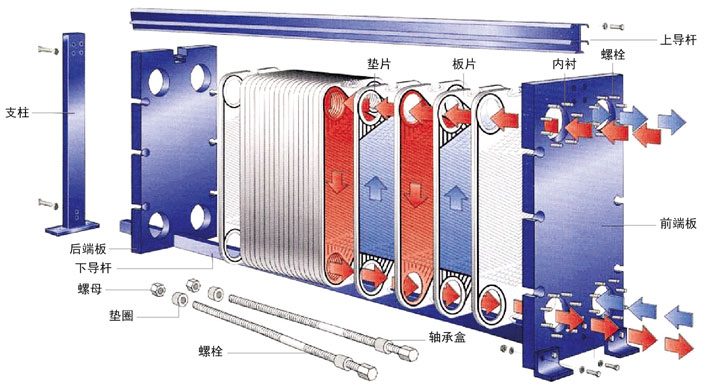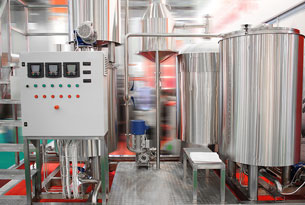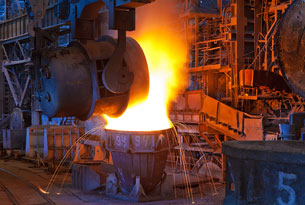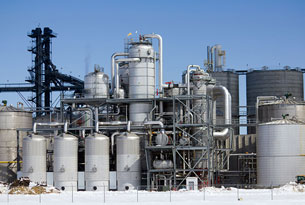Manufacturing process of plate heat exchangers and gaskets
Plate heat exchangers have the advantages of high heat exchange efficiency, small footprint, simple manufacturing, and simple maintenance. They are suitable for district heating in the HVAC field, domestic hot water, ice storage, swimming pool constant temperature, etc.; in the petrochemical field, acid and alkali salt solutions Cooling, process medium heating/cooling systems, etc., as well as electric power, steel, metallurgy, food, papermaking, shipbuilding, medicine, textiles, automobiles and other fields, as long as there is a need for heat exchange, there are market applications of plate heat exchangers. As part of plate heat exchanger gasket manufacturing, our team follows a precise and rigorous process at every stage;
Introduction to plate heat exchangers and gaskets
A liquid circulation channel is formed between the two plates, which circulates refrigerant and heating medium respectively, and heat is transferred in these two media.
Each plate is equipped with a sealing gasket, which acts as a seal and isolates hot and cold fluids from flowing into adjacent channels.
The corrugations of the plate cause turbulence and support the plate to withstand pressure differences.
The two plates are the same plate, and the gasket is also the same gasket. They just use different ways of installing the gasket to isolate the hot and cold fluids.
Scope of application: Plate heat exchangers are widely used wherever heat exchange is required.
Plate heat exchanger brands: We have more than 500 types of gaskets from various well-known heat exchanger brands including Alfa Laval, APV, GEA, Tranter, Hisaka, etc.
The rubber material of the gasket: determined according to the heat exchanger design. If it is really uncertain, we can also confirm the plan based on the characteristics of the medium and the operating temperature.
Classification of gaskets: adhesive and non-adhesive, unilateral flow and diagonal flow




















